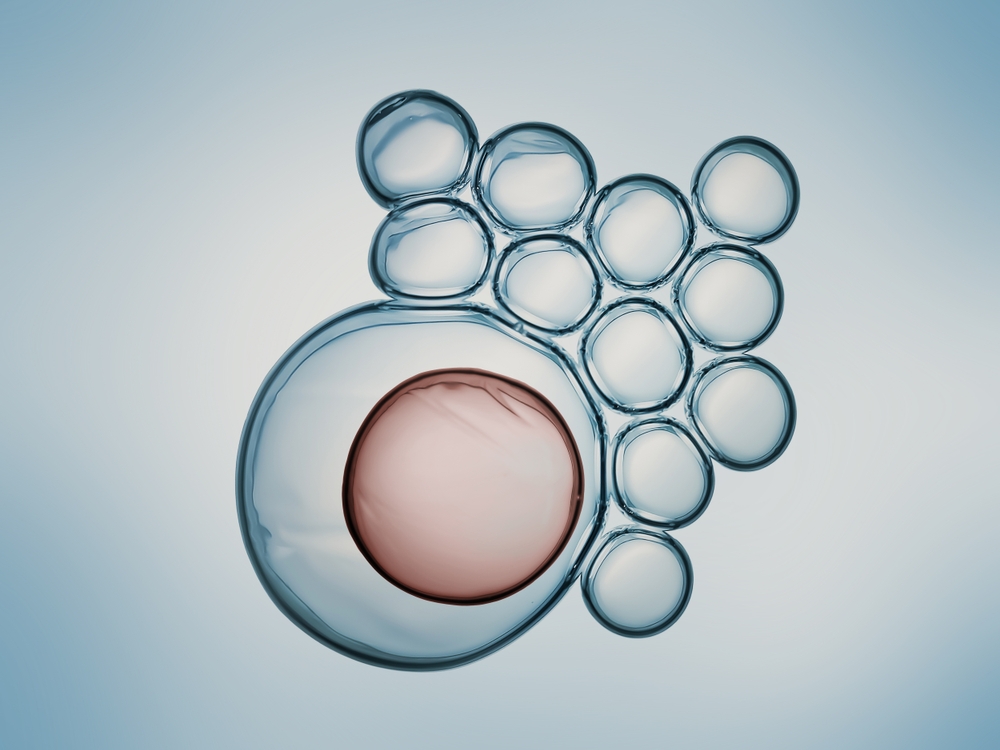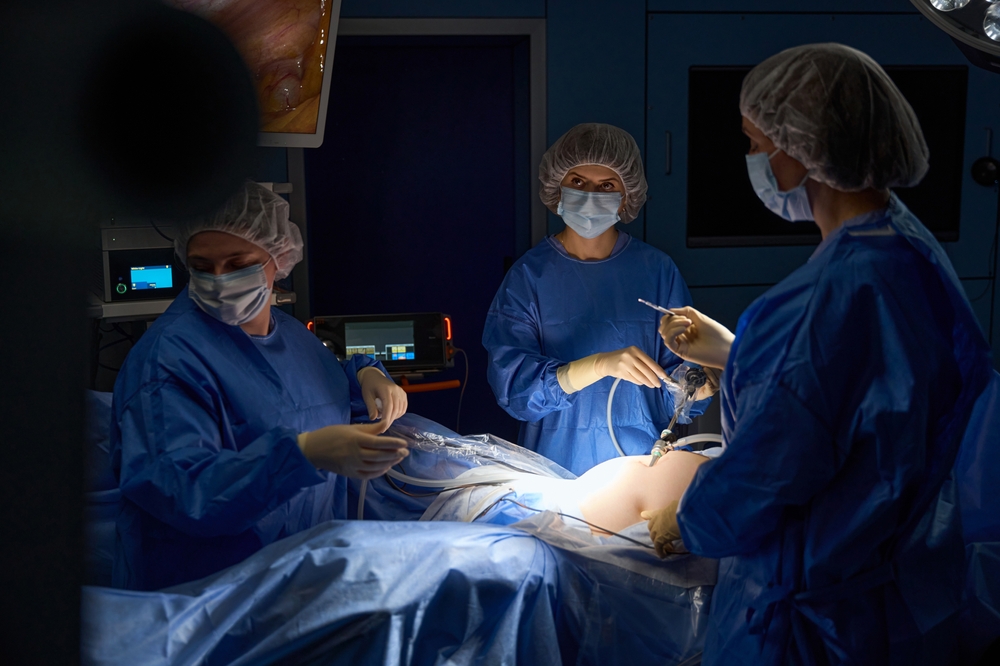In the world of stem cell research, adult stem cells are by far one of the most important for actual treatments. This is because alternatives come with ethical, and legal issues – not to mention how difficult they are to acquire.
With adult stem cells, you have a large pool of donated tissue to choose from, meaning these cells are more accessible, and, as a result, more affordable. This does not mean that the stem cell therapy cost isn’t high, just that the cost of using alternatives is significantly more.
However, just because adult stem cells are more limited than those more expensive options does not mean that they aren’t just as good when used in stem cell therapies. To help you understand why these cells are used, and why they are effective, it’s important to answer the question, what are adult stem cells?
Introducing Stem Cells
First, what are stem cells? A good way to understand the answer this question is to first get a grasp on the difference between embryonic and adult cells.
On the flip side of adult stem cells are embryonic cells. These young cells are not fixed in any way, meaning they can become any of the 200+ cells in the human body without issue. To get these cells, however, you need to use the blastocyst, which in turn destroys the embryo.
This is highly unethical, even considering the fact that stem cells researchers only ever work with unused fertilized eggs that have been donated by IVF clinics. Don’t worry, as those eggs have been donated with full consent of the person or couple they belong to.
Those embryonic cells are officially known as pluripotent. Even earlier than them is something known as totipotent cells, which can make up any cell in the adult body, as well as any embryotic cell; however, these are even harder to obtain, so they are strictly used in research settings, and even then, it’s not common.
But what about adult cells?
What are Adult Stem Cells?
Adult cells are officially known as multipotent cells. They can still differentiate into other specialized cells, but they’re already more specialized than their pluripotent counterparts. For example, a pluripotent cell can become a red blood cell, nerve cells, and muscle cells. On the other hand, multipotent cells are more locked.
Bone marrow cells, for example, can only differentiate into red blood cells, white blood cells, platelet or bone marrow. Adult bone marrow, however, cannot become cartilage or tendons. Instead, stem cells from fatty tissue would need to be used.
What Type of Stem Cells are Used in Stem Cell Treatments?
Now that you know a little bit more about stem cells as a whole, and why they are different from one another, it’s time to dive into what are stem cell injections, and what you can expect out of treatment.
What are Stem Cell Injections Made From?
Our stem cell treatments are made from Wharton’s Jelly, which is a jelly-like substance found around umbilical cord donations. This, along with umbilical cord blood, are two of the most commonly chosen tissues for treatment.
They are chosen for a few reasons:
Stem Cells Can Be Hard to Come By
While stem cells are found throughout our system, they are only in abundance in a few locations. Our bone marrow, which is frequently used to replenish damaged tissues and blood cells, our brains, and our skin. The other location that’s rich with stem cells is found in after-birth tissue such as the placenta, the umbilical cord, or Wharton’s Jelly.
Even going for stem-cell-rich tissue like Wharton’s Jelly, however, isn’t enough to acquire all the stem cells needed for treatment. That’s why on top of screening our stem cells, we also purify and expand them.
Stem cells are self-replicating. If they are in an environment that lets them do so (for example, your body or a special lab), then they can continue to replicate and expand in number. We then screen those expanded stem cells again, and freeze them so that they’re ready for your treatment.
We offer those screened, purified, and expanded stem cells at all of the locations we cover, so you always get top-quality stem cells when you choose elective treatment with us.
Stem Cells Can Be Rejected By Your Body
Our bodies have a tendency to reject foreign cells. This is why organ transplants need to be followed up with specific medication designed to help suppress that immune response until the body acclimates and accepts the organ.
The same is needed with stem cells, unless they are from your own body. To help increase the likelihood that your body accepts those new stem cells, we use juvenile cells from umbilical cords. Juvenile cells are technically adult cells, but with one key difference – those juvenile cells are missing a few proteins.
Those proteins are what the immune system notices first. Therefore, without them, your body is more likely to accept those new cells as part of their own.
Stem Cell Treatments in the Future
Using Wharton’s Jelly is, of course, just the latest best practice – hence why it’s our go-to stem cell source here at Bioxcellerator. There are, however, two very important areas of stem cell research that will expand our ability to treat chronic conditions and disease with stem cells. These are:
Induced Pluripotent Stem Cells
Induced pluripotent stem cells are adult somatic stem cells that have been genetically reprogrammed back into their embryotic state. This is a very expensive and lengthy process at the moment, but if its cost and time frame come down it could be the way forward for stem cell injections in the future.
Lab-Grown Embryotic Cells
A smaller subset of stem cell research is in growing artificial embryos. Since these cells only have the DNA of one person, they cannot become fetuses. That being said, this is a very difficult process, and does still produce an embryo, putting its future in a questionable light.


